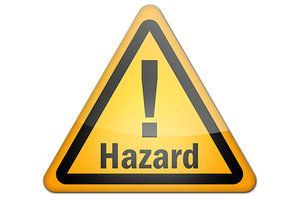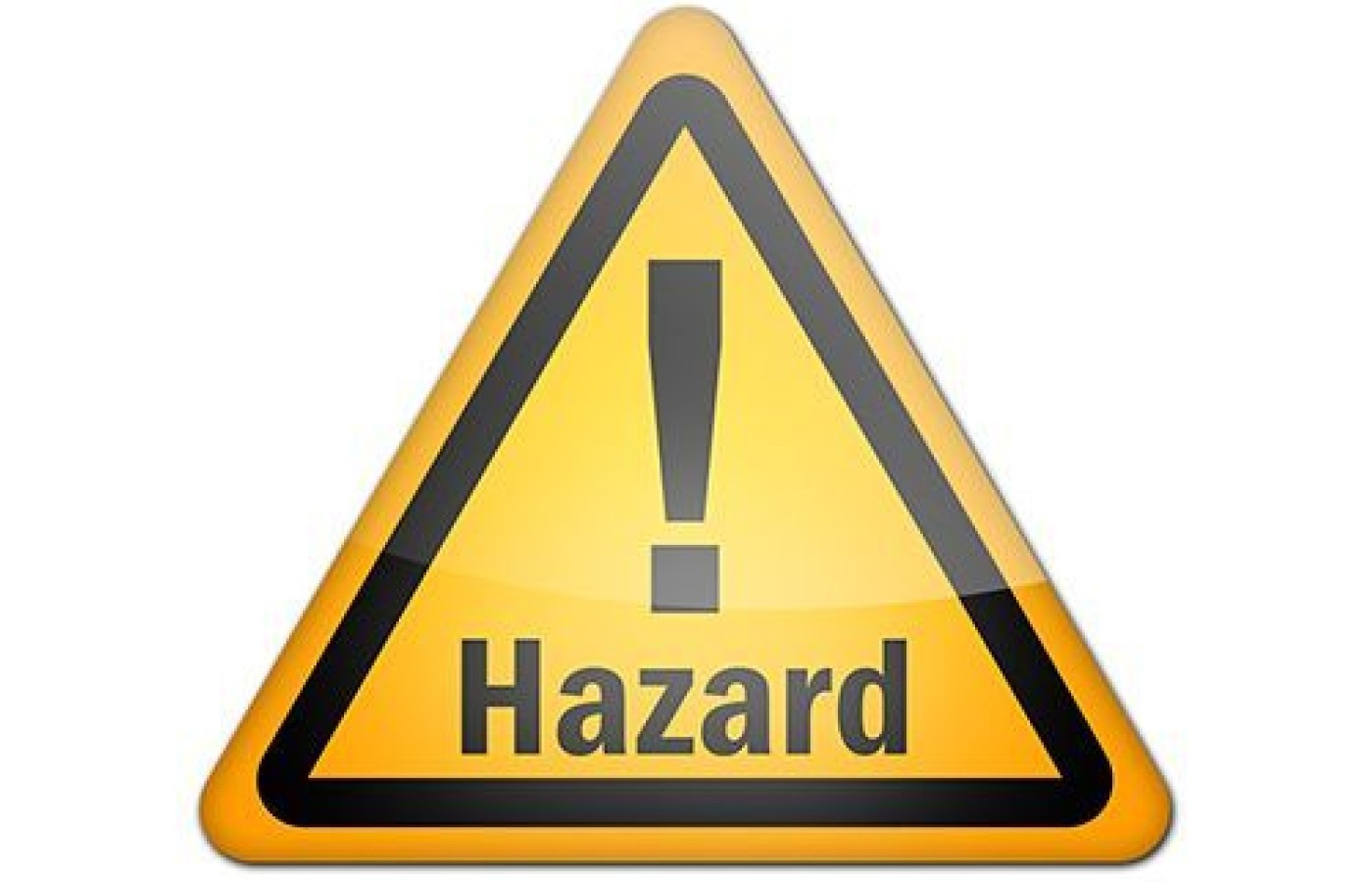Whether you accept it, avoid it or live somewhere in between, insurance coverage has become a defining issue for our profession. Patients increasingly expect to use their benefits, practitioners want to be compensated fairly for their time and expertise, and the system itself remains – at best – fragmented. The encouraging news is that coverage has expanded in meaningful ways. The challenging news is that reimbursement, across the board, remains inadequate.
Occupational Hazards? Role of the Work Environment
I am sure all those who practice in New York were touched by the recent death of 9/11 first responder, Luis Alvarez of NYPD, so soon after his and Jon Stewart's impassioned plea to the House Judiciary subcommittee to replenish the 9/11 victim compensation fund.1 What a wake-up call. One of many.
As a nine-year-old, I watched my maternal grandfather Cecil Coombe – a former Cornish wrestling champion – shrink to half his size because of silicosis – the dreaded lung disease suffered by scores of men after decades of working underground in the world's hardrock mines. Grandpa was so humiliated by the disease he would send me away from his bedside, and finally slashed his wrists to hasten his end. There were no class action suits in those days such as we know today. And there was a popular saying among Cornish miners that if they weren't killed or maimed by falling rock or mine blasts, they would die from silicosis.
Some 17 years later I was at my uncle Cecil's hospital bedside in Cornwall when he died from lung cancer. His early years as a mine electrician underground combined with years as a smoker shortened his life.

The sight of dark fluids pumping out of his nostrils and mouth as he took his last breaths so shocked me I wove the scene into a book I wrote about the tobacco industry titled "Dominion."2 Both deaths left their mark on me and helped to prompt my shift into Asian medicine as a second career, after journalism during the late l970s in New York City.
The Dancer, the Carpet Guy, and the Yard Guy
In my Zen Shiatsu clinics and teaching practice in North America and Europe I heighten awareness of occupational and environmental hazards and RSI. "It's not just a matter of focusing on meridians and acupoints," I tell my students and graduates. "You need to be aware of how your clients work, where they work, and in what professions or trades. If they are athletes or in the performing arts – go and watch them perform. Take notes. Relate their injuries or aches and pains to the way they move."
Not only does this add a colorful dimension to clinical practice, but can result in inventive treatment procedures and advice.
I encouraged client Raquel L. to weave Tai Chi-like movements into her modern dance routine to minimize joint pain resulting from sequences involving impact with the floor. Raquel could hardly believe the difference Qi made.
I once observed a carpet installer (Mike W.) jamming his knees into the corners of the room to ensure a tight fit. Even though he was wearing knee pads, I winced. "Don't they give you some sort of instrument to do that?" I asked him. "Nah," said Mike. "My knees are more efficient." Mike was young but admitted he sometimes went home in pain. I showed him some acupoints around the knees to work on before and after his tasks, and suggested a slower, gentler way of leveling the carpet.
I also suggested he alternate his knees with his fists to level the carpet. Mike thought I was crazy, but he contacted me some weeks later to thank me. He'd shared my tips with his boss who welcomed any advice that reduced injury and absenteeism.
I once invited, muscular Juan S., our yard guy into one of my classes at AOMA as a guinea pig because he complained of chronic back pain. I palmed and thumbed down Juan's back, pausing in key Back Shu points in the seated position, to show the group the art of diagnosis-as-treatment-as-diagnosis. We then demonstrated some slow and useful stretching exercises for Juan to do each morning before work, and demonstrated improved ways of lifting lawn mowers and equipment onto his truck. We also advised Juan to stop quaffing fizzy sodas through a summer day. So he filled his ice chest with sparkling water and green tea and was amazed at how his back pain eased within a week.
The Violinist and The Tennis Player
Stefan W., a senior violinist from the New York Philharmonic, consulted me one day in desperation as his stiff neck hampered his performance. I played the violin in a youth orchestra at high school, so I could relate to the pain of a lopsided neck. "Your head is tilted to the left on the chin rest of your fiddle for hours at a time," I told him. "Is it any wonder you have this problem?"
As an exercise, I encouraged Stefan to roll his shoulders slowly each morning and then apply subtle pressure to GB 20 and GB 21, or to twist a handtowel in warm water and apply it to those same points. Then, I encouraged Stefan to adopt a playing position, but to imagine placing his violin on the right instead of the left shoulder, requiring him to tilt his head away from the pain. And to mimic using a bow with his left instead of his right hand. He thought it was fun to equilibrize his postural imbalance in such a practical way. Stefan could relate to the advice, and soon felt the benefit to his neck.
My great Zen Shiatsu colleague, Atlanta-based Yolanda Asher, shared the tale of client and tennis expert RJ who developed lateral epicondylitis (commonly known as tennis elbow). His MD suggested rest and anti-inflammatories but this didn't help. RJ couldn't stop playing as he was involved in the Atlanta League Tennis Association tournament and refused to leave his team stranded.
"I found the epicenter of the pain at LI 11," Yolanda told me, "and held it simultaneously with LI 10, which reduced the pain considerably." After both points balanced in sync, the client was amazed that the pain vanished. "From then on we made sure to keep Qi flowing in that area whenever he came for tune-ups," Yolanda said.
Any other Shiatsu Therapist experience a DVT?
Finally, to end on a personal note, I experienced a DVT six months ago. My vascular surgeon Christopher Brennig MD of Austin agreed this was mainly the result of over three decades of my working on my knees giving Zen Shiatsu on a futon. Interspersed of course with hours in the Japanese seiza position, resulting initially in varicose veins behind my knees. No one warned us Zen Shiatsu students at the end of the 1970s when we thought perfecting the floor position was an essential part of the sacred "form." I, and some similarly affected colleagues, warn our students and graduates to learn from our mistakes.
We advise them to minimize floor positions. To learn graceful ways of utilizing bodyweight while working on clients in chairs. Or on a table. Adapt. And don't slavishly follow so called "masters" who claim table Shiatsu "isn't real Shiatsu." Stretch, cycle, run, cross train. Well yes, I did all of the above too.
True, my blood analysis shows a genetic tendency to develop blood clots. Not enough on its own without decades of working on my knees and in seiza as the main cause, my physicians insist. But a valuable learning experience I can share generously with global colleagues and students.
References
- Roberts S. Luis Alvarez, Champion of 9/11 Responder, Dies at 53. The New York Times, 29 June 2019.
- Ferguson P. Dominion. New York: Atheneum, 1978.



